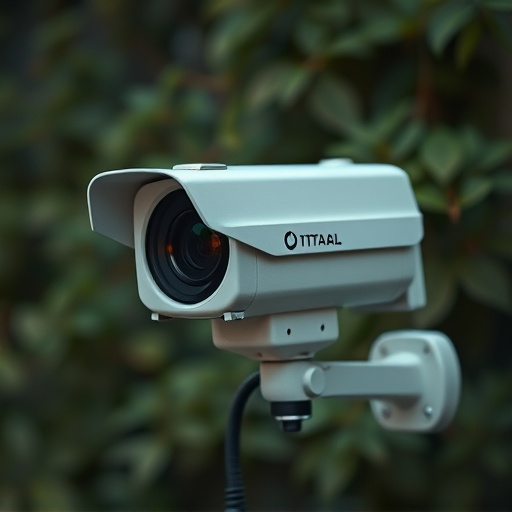Retailers can significantly boost security and create an aesthetically pleasing store environment through strategic dummy camera placement, targeting high-risk zones like entrances, valuable display areas, and staff blind spots. These decoy cameras, designed to look real, act as powerful deterrents against theft, loitering, and provide evidence in case of a breach. Proper positioning discourages criminal activities while fostering employee vigilance for a safer shopping experience. Regular rotation and rearrangement ensures ongoing effectiveness.
Retail stores are always looking for ways to enhance security while maintaining a welcoming atmosphere. Mock security cameras, or dummy cameras, offer a cost-effective solution. This article delves into the art of strategic dummy camera placement, highlighting key zones for optimal positioning. We’ll explore effective strategies to ensure realism and detailing, making these mock cameras an integral part of your store’s security infrastructure without compromising customer experience. Understanding these tactics can significantly improve your retail space’s overall safety.
- Understanding the Importance of Strategic Dummy Camera Placement
- Identifying Key Zones for Optimal Dummy Camera Positioning
- Effective Strategies for Maintaining Realism and Detailing in Retail Store Security Cameras
Understanding the Importance of Strategic Dummy Camera Placement
In retail stores, security is paramount, and strategic dummy camera placement plays a crucial role in enhancing security measures while maintaining an aesthetically pleasing environment. Dummy cameras, also known as mock or decoy cameras, are designed to resemble real surveillance equipment but serve as effective deterrents against theft and shoplifting. Their strategic positioning within the store can significantly impact the overall security strategy. By carefully selecting high-risk areas, such as entrance and exit points, display zones with valuable merchandise, and blind spots where staff visibility is limited, retailers can maximize the psychological effect of these dummy cameras.
This strategic approach ensures that potential thieves are constantly under observation, even if they believe no one is watching. Dummy cameras in key placement zones can deter criminal activities, discourage loitering, and provide crucial evidence in the event of a security breach. Moreover, their presence encourages employees to be more vigilant and aware of their surroundings, contributing to a safer shopping environment for both staff and customers.
Identifying Key Zones for Optimal Dummy Camera Positioning
Retail stores often have specific areas that require heightened security surveillance, making strategic dummy camera placement zones crucial for effective crime prevention. These key zones typically include high-value merchandise sections, entrances and exits, and areas with high foot traffic. By positioning mock security cameras in these strategic locations, businesses can create the illusion of enhanced security, deterring potential thieves.
When identifying optimal dummy camera positions, consider areas where valuable items are displayed or stored, such as jewelry cases or electronics departments. Additionally, near staff breaks or rest areas, and in aisles that lead to exit doors, are other critical zones. This strategic placement not only provides a psychological deterrent but also ensures that potential thefts or suspicious activities are easily observable, enhancing overall store security.
Effective Strategies for Maintaining Realism and Detailing in Retail Store Security Cameras
To maintain realism and detailing in retail store security cameras, a strategic dummy camera placement approach is essential. Positioning dummy cameras in high-traffic areas, near entry points, and at key merchandise displays helps create an illusion of constant surveillance. This tactic not only discourages shoplifting but also guides customer behavior, making them more mindful of their actions.
Additionally, paying attention to small details like replicating the angle, lighting, and positioning of genuine cameras enhances credibility. Using high-quality mockups that mimic real camera models further reinforces the deception. Regularly rotating and rearranging the dummy cameras can prevent employees and shoppers from becoming accustomed to their placement, ensuring continued effectiveness in deterring criminal activity.
Retail stores can significantly enhance their security measures by strategically placing mock security cameras, known as dummy cameras. By understanding key zones and implementing effective detailing strategies, businesses can create an authentic appearance that deters potential theft and reinforces a sense of safety. This cost-effective solution, when placed in strategic dummy camera placement zones, offers a powerful tool to protect merchandise and contribute to a more secure shopping environment.
